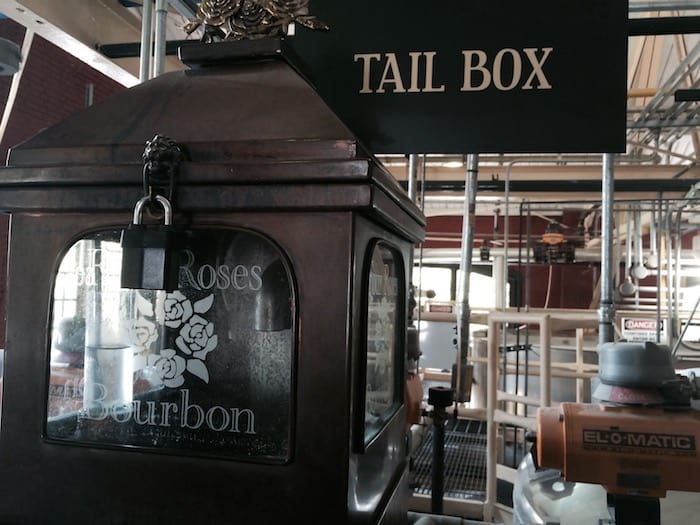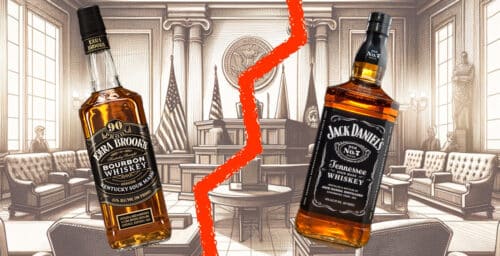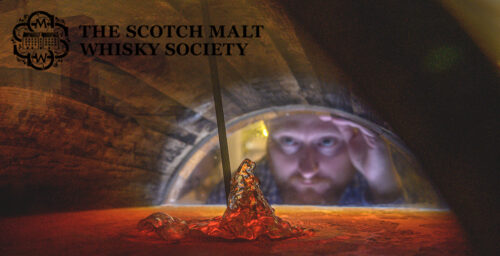If you’ve visited distilleries in Europe, or even some here, you might have heard of the “spirit safe.”It sounds like something you might want if you’ve got teenagers living in your house, and in a way, that’s why it was invented in the first place – only instead of teenagers, it was designed to keep spirit away from the thirsty mouths of distillery employees before it could be taxed.
The spirit safe, also known as the tail box, was first introduced in 1823 with the enactment of the Excise Act in Scotland (the very first distillery to have a spirit safe was Port Ellen). It’s a padlocked, box-shaped apparatus made of metal and glass that encloses the point at which spirit exits the still.

Inside, a hydrometer rests inside a device called a parrot, which is the final piece of equipment spirit contacts before it leaves the still. A parrot looks like an extremely tall, slender teapot fed by an input pipe at its base (and if you’re generous – or if you’ve been sampling – it does kind of look like a strange little bird). That hydrometer lets an operator evaluate the alcoholic concentration of the distillate from the outside.
The exterior of the spirit safe has controls that allow the distiller to make cuts by directing the foreshots, heads, hearts, and tails to various receivers, also under lock and key. In fact, until 1983, the only person with the keys to the safe was the local excise officer. Today, distillery managers also keep a key – but the safe is to remain closed at virtually all times.
In the United States, we aren’t required to use spirit safes, although some distillers do. Without a safe, distillers can make cuts by taste and smell. With a spirit safe, distillers have to rely on their hydrometer measurements and past experience to make cuts accurately. Some spirit safes also have an internal device that lets distillers mix output with water to evaluate its clarity, another way to determine the stage of distillation.



